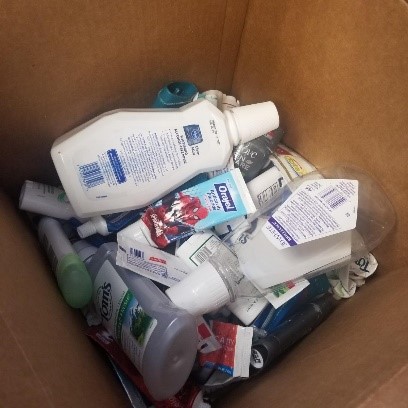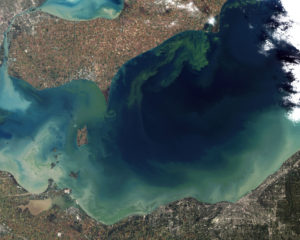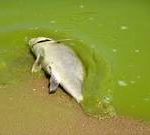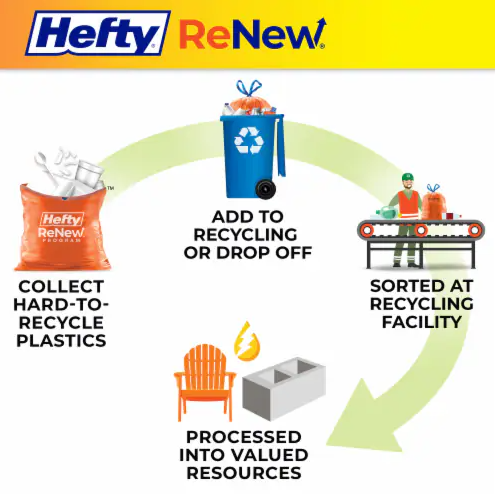
UPDATE: Tom’s of Maine Natural Care Recycling Program
August 18, 2020
Plog With Us: September 20, 2021
August 20, 2020Harmful Algal Blooms (HABs), usually caused by nutrient pollution and subsequent excessive blue-green algal growth (and associated cyanotoxins), have been a frequent problem in Ohio and across the U.S. over the last few years. However, the number of HABs reported across Ohio this year is less than previous years.
These algal blooms are the result of excessive nutrients and warmer weather conditions, which stimulate algal growth, often covering the surface of the water. This can be a serious issue because cyanotoxin producing blue-green algae (or cyanobacteria) frequently occur in drinking water sources and recreational waters. Any waters containing excessive concentrations of cyanotoxins (e.g., microcystin) are unusable as the toxins can cause severe illness, or even death, if enough of the contaminated water is consumed. In addition, aquatic organisms can accumulate the toxins (a way humans can be indirectly harmed if consumed), or be adversely affected due to cyanotoxin exposure, thereby causing an ecological imbalance to the aquatic environment.
Several harmful algal blooms have been reported across Ohio in previous years. One of the first extensively publicized occurrence of toxic algae was in Grand Lake St. Marys during the summer of 2010, whereby thousands of fish were killed and recreational use of
the lake was severely limited due to human health concerns. Toxic-algae warning signs were again posted during the summer of 2015, and elevated algal bloom/toxin advisories are still in effect this summer.
Lake Erie is another Ohio water body that has frequently had environmental issues due to algal blooms. The worst recent incident was in the summer of 2014, when the City of Toledo had to issue a “do not use the water” warning to residents because of excessive microcystin contamination caused by toxic algae in Lake Erie. Again last summer, a severe bloom of blue-green algae was observed across the western half of Lake Erie, dominated by microcystin producing cyanobacteria. The National Oceanic Atmospheric Administration (NOAA) reported unsafe toxin concentrations in Lake Erie and thus advised people (and their pets) to stay away from areas where scum is forming on the water surface.
So why so many occurrences of toxic algal blooms in previous years, but so far this summer only a few advisories across Ohio? It is most likely due to lower spring rainfall levels across the state and the phosphate reduction program funded by the state of Ohio, whereby farmers are paid to implement conservation practices designed specifically to reduce phosphate loads to the receiving waters. In fact, NOAA is predicting a less severe algal bloom in the western part of Lake Erie compared to last summer, also due to
lower spring rainfall levels and the state funded phosphate reduction program.
So how can we help prevent alga blooms and HABs? One way is to apply phosphate free fertilizer to our lawns, and at the recommended amount and application frequency. This will help prevent nutrient runoff that eventually ends up in nearby surface waters. In addition, maintain septic systems to prevent nutrient-laden wastewater from leaking and seeping into nearby lakes and streams.
Greg Smith (Ph.D.) is a member of the Hilliard Environmental Sustainability Commission and Senior Research Scientist at Great Lakes Environmental Center.








